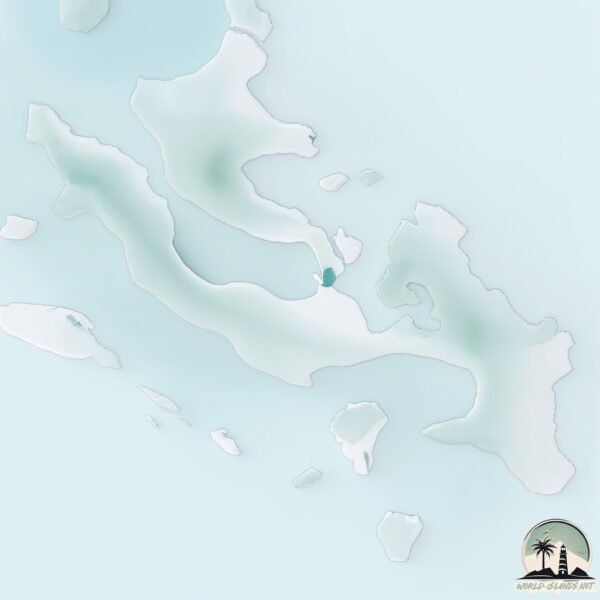Welcome to Farasan , a Dry island in the Red Sea, part of the majestic Indian Ocean. This guide offers a comprehensive overview of what makes Farasan unique – from its geography and climate to its population, infrastructure, and beyond. Dive into the details:
Geography and size of Farasan
Size: 396.7 km²Coastline: 220.8 kmOcean: Indian OceanSea: Red SeaContinent: Asia
Farasan is a Large Island spanning 397 km² with a coastline of 221 km.
Archipel: –
Tectonic Plate: Arabia – A major tectonic plate covering the Arabian Peninsula and parts of the Middle East. The plate is primarily continental and known for its collision with the Eurasian Plate, leading to the uplift of the Zagros Mountains.
The geographic heart of the island is pinpointed at these coordinates:
Climate and weather of Farasan
Climate Zone: DryClimate Details: Hot Deserts ClimateTemperature: Hot
Climate Characteristics: Dominated by extremely hot temperatures, this climate is marked by minimal rainfall and barren landscapes. Nights often experience drastic temperature drops.
Topography and nature of Farasan
Timezone: UTC+03:00Timezone places: Asia/RiyadhMax. Elevation: 40 m Mean Elevation: 12 mVegetation: Rocky TerrainTree Coverage: 0%
The mean elevation is 12 m. The highest elevation on the island reaches approximately 40 meters above sea level. The island is characterized by Plains: Flat, low-lying lands characterized by a maximum elevation of up to 200 meters. On islands, plains are typically coastal lowlands or central flat areas.
Dominating Vegetation: Rocky Terrain
Vegetation: 5 vegetation zones – Highly Diverse Island
Infrastructure and Travelling to Farasan
Does the island have a public airport? no .
Does the island have a major port? no .
The mean population of Farasan is 28 per km². Farasan is Gently Populated. The island belongs to Saudi Arabia .
Continuing your journey, Qummah is the next notable island, situated merely km away.
Farasan Islands: Saudi Arabia’s little-known gem
The #Farasan Archipelago, known for its #picturesque scenery, is an undiscovered gem expected to become one of #Saudi ...
Farasan Islands: Saudi Arabia’s little-known gem
The #Farasan Archipelago, known for its #picturesque scenery, is an ...
The #Farasan Archipelago, known for its #picturesque scenery, is an undiscovered gem expected to become one of #Saudi ...
We Explored the Farasan Islands - the Maldives of Saudi Arabia? (Jazan Region)
Arabic subtitles are available - الترجمة بالعربية متوفرة ايضا. يرجى ...
Arabic subtitles are available - الترجمة بالعربية متوفرة ايضا. يرجى اختيارها من الاعدادات In this video of Living the Jo Life, we go ...
The Farasan Islands in Jazan, Saudi Arabia
The Farasan Islands comprise 84 coral islands that form an archipelago ...
The Farasan Islands comprise 84 coral islands that form an archipelago in the Red Sea, about 50 kilometers off the shore of ...
Saudi Arabia is classified as Developed region: nonG7: Developed economies outside of the Group of Seven, characterized by high income and advanced economic structures. The level of income is High income: nonOECD.
News – Latest Updates and Headlines from Farasan
Stay informed with the most recent news and important headlines from Farasan. Here’s a roundup of the latest developments.
Loading...
Please note: The data used here has been primarily extracted from satellite readings. Deviations from exact values may occur, particularly regarding the height of elevations and population density. Land area and coastline measurements refer to average values at mean high tide.

